Bridges
As more than 50% of the Italian bridges are over 40 years old in service, the health and safety of such road infrastructures is becoming an urgent topic. Answering the need of up-to-date and accurate information about bridges conditions, the Italian Superior Council of Public Works designed the Guidelines on Risk Classification and Management, defining a multi-level approach to document bridge characteristics (Level 0), evaluate its health state through visual inspection and damage identification (Level 1) and its risk classification based on hazard, exposure and vulnerability deduced from the previous steps (Level 2). Then, depending on the assigned class, it is decided how many levels of investigation are required to further investigate the safety of the structure.A framework like the one outlined by the Italian Guidelines requires a new approach on how to structure and retrieve information on the existing structures. Indeed, a multi-level procedure needs at each level precise and detailed information for both the single structure and its territorial framing, developing a monitoring structure that enables interactions at different scale. For this reasons, less time-consuming methodologies in the field of geomatic needs to be considered, ranging from GIS and remote sensing technologies for context characterization, to photogrammetry and Building Information Modeling (BIM) for structure modelling and analysis.
In this context, we perform 3D accurate surveys of civil infrastructures ,such as bridges, viaducts and dams, by using geomatics techniques. These include traditional topographic approaches (i.e., network adjustments with observations from total stations and levelling), high accurate GNSS surveys, Terrestrial Laser Scanners, UAV photogrammetry and UAV Lidar.
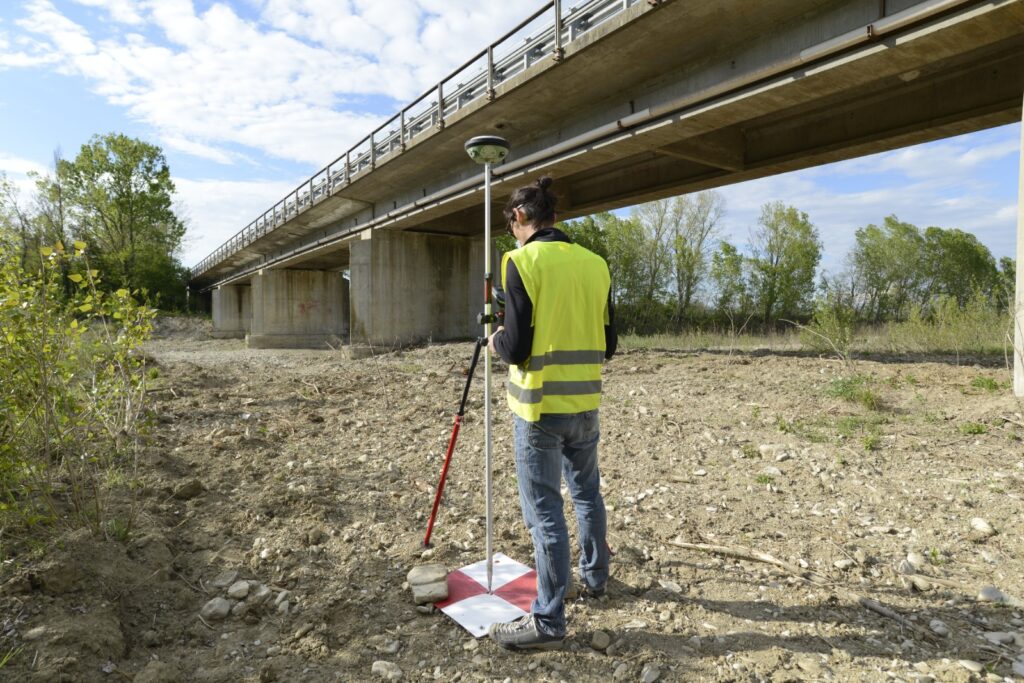
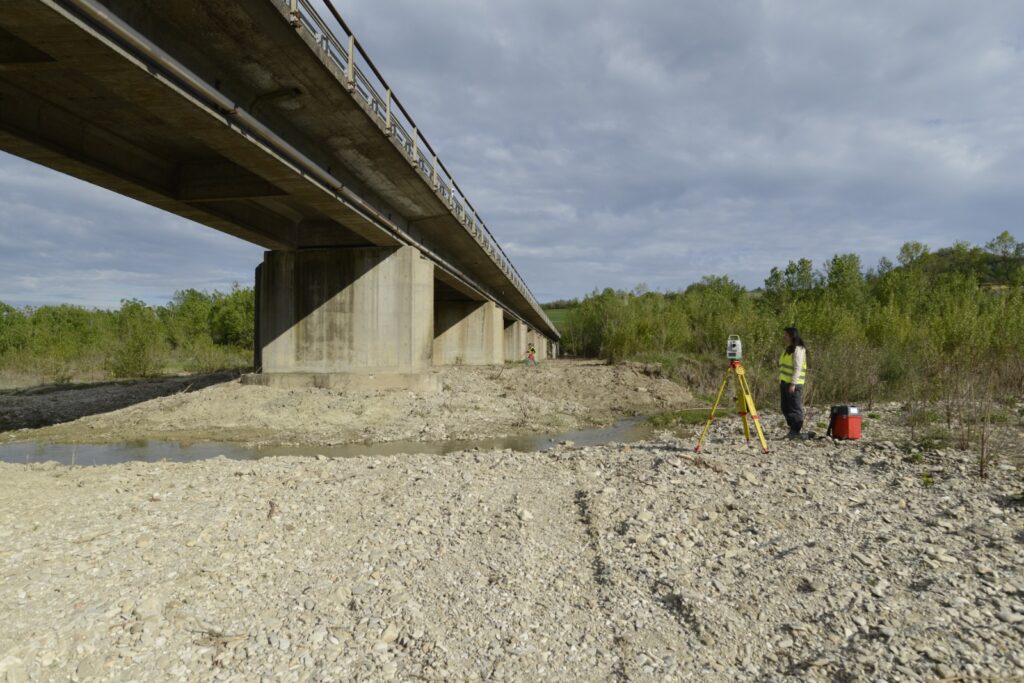
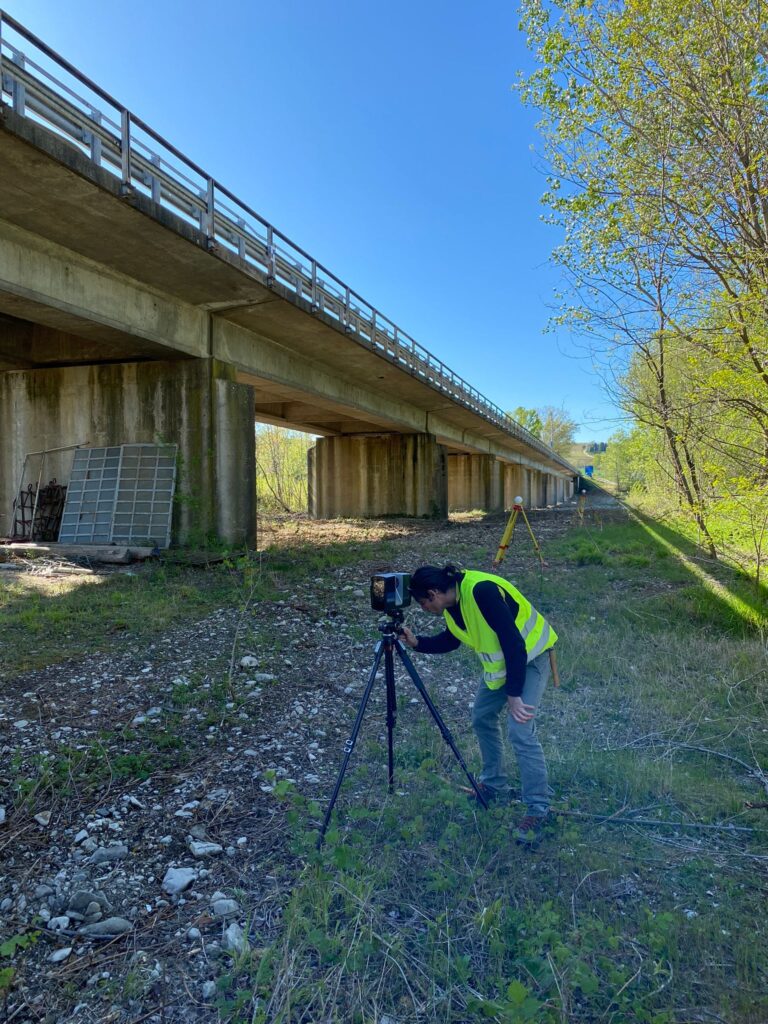
We perform 3D accurate surveys of civil infrastructures ,such as bridges and dams, by using geomatics techniques. These include traditional topographic approaches (total stations and levelling), high accurate GNSS surveys, Terrestrial Laser Scanners, UAV photogrammetry and UAV Lidar.
Below are the infrastructures that have been inspected according to the procedures of the project :
- Ponte Lambro (CO) :2020- Potree viewer
- Ferriere (PC) : February 2022- Potree viewer
- Farini (PC): 2020- Potree viewer
- Lugagnano Val D’arda: April 2021- Potree viewer
- Vernasca (PC), Loc. Case Marchesi : 2020- Potree viewer
- Castell’Arquato (PC): April 2021- Potree viewer
- Cortemaggiore (PC): February 2021- Potree viewer
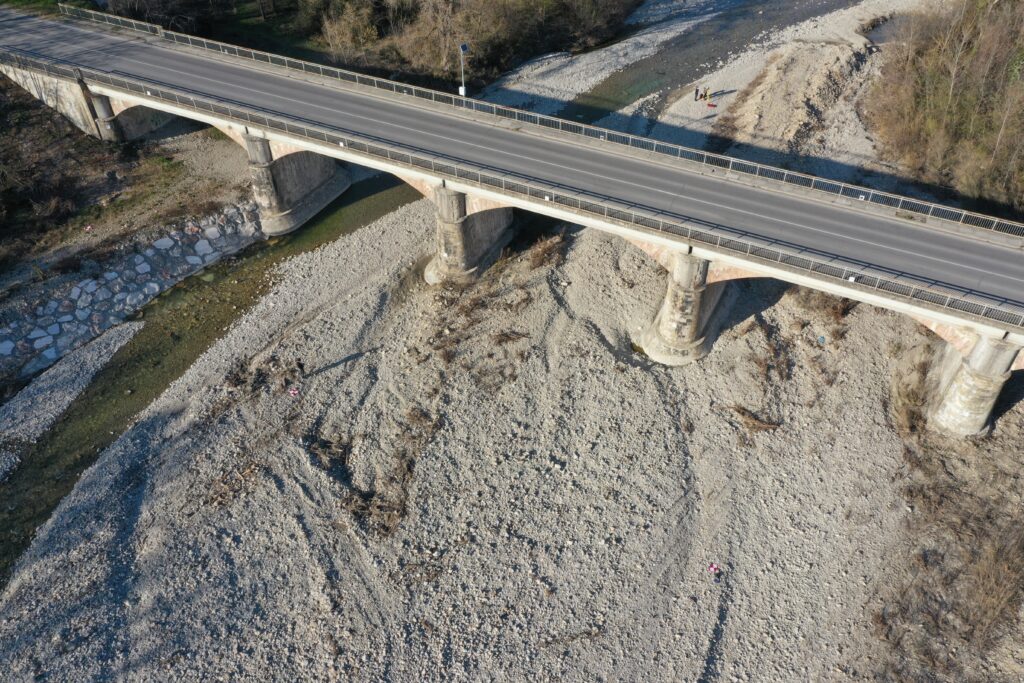
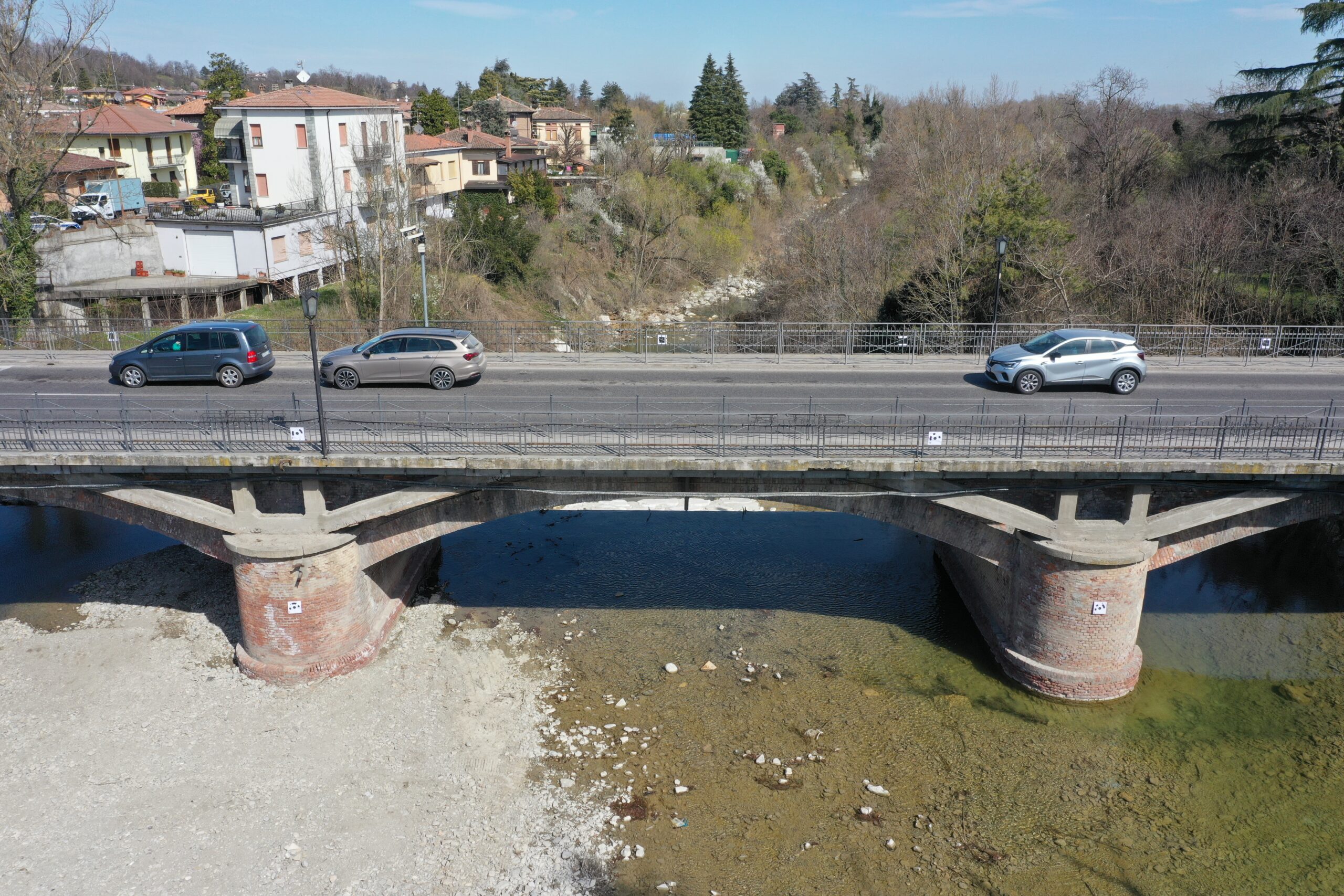
Dams
If you want to know more, read our pubblications on this topic:
Fascia, R., Barbieri, F., Gaspari, F., Ioli, F., Pinto, L.: PONTI: An open WebGL-based tool in support to defect analysis and 3D visualisation of bridges, Bridge Maintenance, Safety, Management, Digitalization and Sustainability, 2024, 2353-2361, http://dx.doi.org/10.1201/9781003483755
Gaspari, F., Barbieri, F., Duque, J. P., Fascia, R., Ioli, F., Zani, G., Carrion, D., and Pinto, L.: A GEO-DATABASE FOR 3D-AIDED MULTI-EPOCH DOCUMENTATION OF BRIDGE INSPECTIONS, Int. Arch. Photogramm. Remote Sens. Spatial Inf. Sci., 2023, XLVIII-1/W2-2023, 299–306, https://doi.org/10.5194/isprs-archives-XLVIII-1-W2-2023-299-2023
Ioli, F., Pinto, A., and Pinto, L.; UAV PHOTOGRAMMETRY FOR METRIC EVALUATION OF CONCRETE BRIDGE CRACKS, Int. Arch. Photogramm. Remote Sens. Spatial Inf. Sci., 2022, XLIII-B2-2022, 1025–1032, https://doi.org/10.5194/isprs-archives-XLIII-B2-2022-1025-2022
Gaspari, F., Ioli, F., Barbieri, F., Belcore, E., and Pinto, L.; INTEGRATION OF UAV-LIDAR AND UAV-PHOTOGRAMMETRY FOR INFRASTRUCTURE MONITORING AND BRIDGE ASSESSMENT, Int. Arch. Photogramm. Remote Sens. Spatial Inf. Sci., 2022, XLIII-B2-2022, 995–1002, https://doi.org/10.5194/isprs-archives-XLIII-B2-2022-995-2022
Pinto, L., Bianchini, F., Nova, V., and Passoni, D.: LOW-COST UAS PHOTOGRAMMETRY FOR ROAD INFRASTRUCTURES’ INSPECTION, Int. Arch. Photogramm. Remote Sens. Spatial Inf. Sci., 2020, XLIII-B2-2020, 1145–1150, https://doi.org/10.5194/isprs-archives-XLIII-B2-2020-1145-2020.